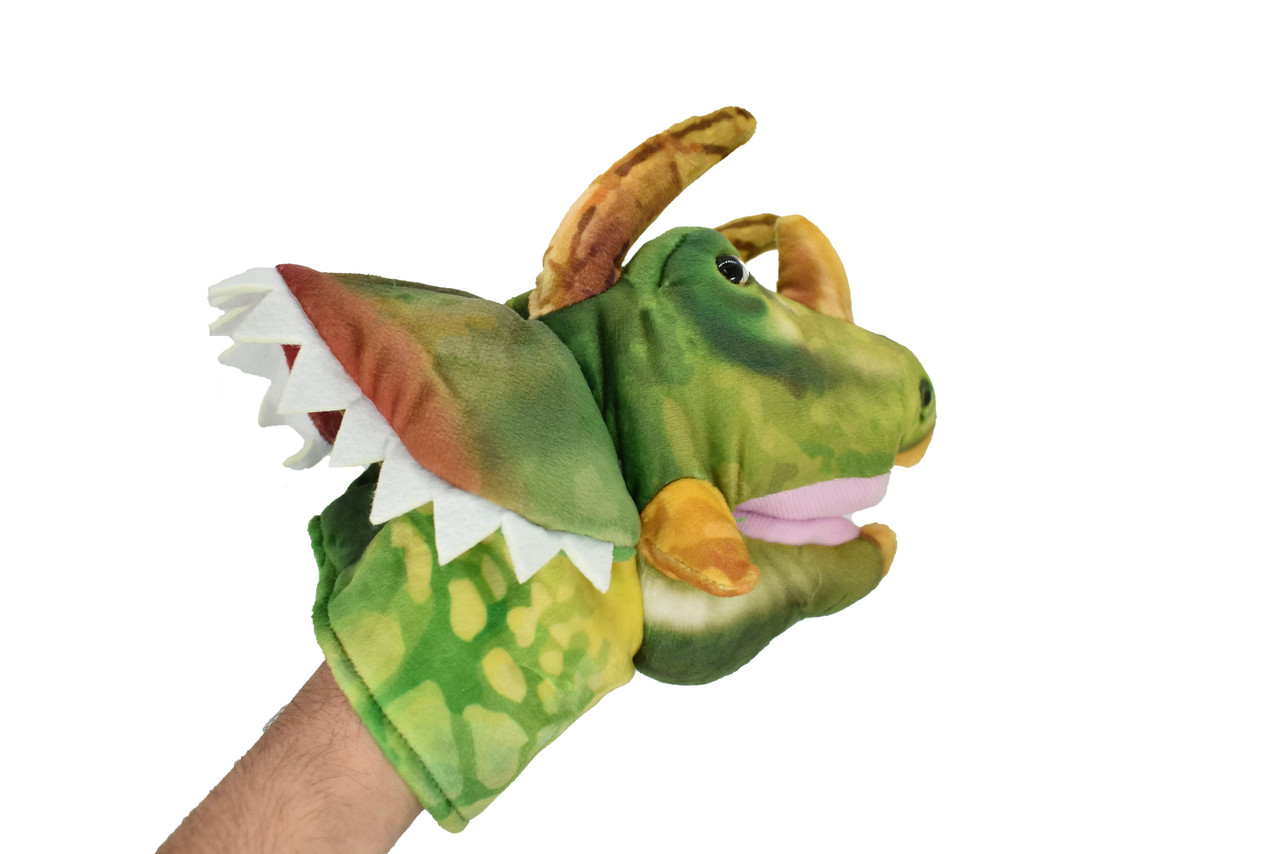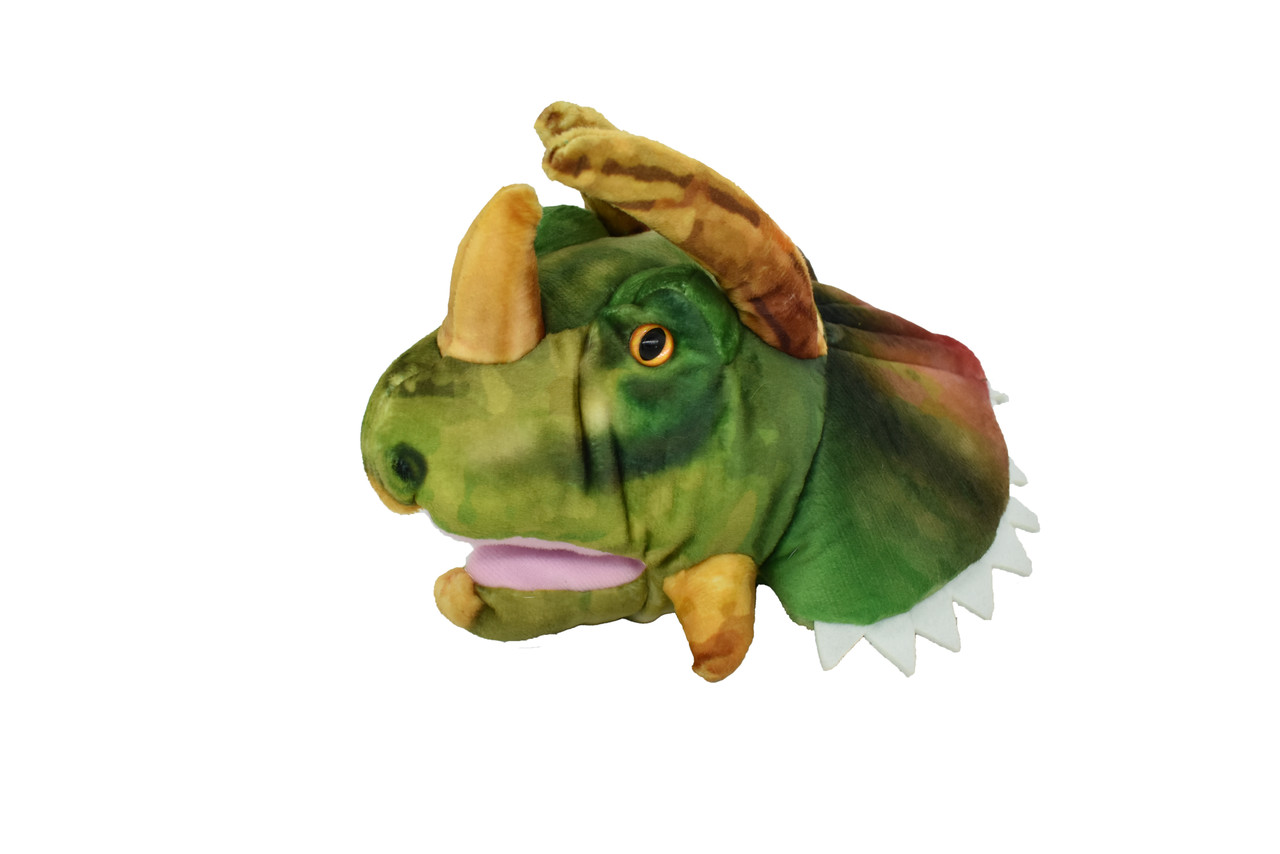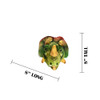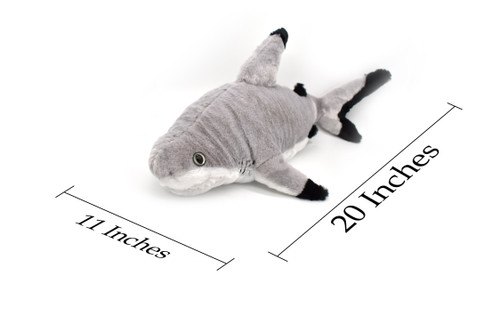Product Description
THIS CUTE RELISTIC DINOSAUR PUPPET IS A GREAT STORYTIME ASSISTANT
Tell stories or play pretend with the help of this Triceratops Hand Puppet! Soft And Super Cute, it will be a great gift for any Dino loving kid
Kids Love to interact with the hand Puppet Triceratops Dinosaur, It makes Learning and telling stories fun and interactive!
We offer more than 2000 different wildlife themed products, from miniature TOY FIGURES to STUFFED ANIMALS, FLASHLIGHTS, LAPEL PINS, and even PUZZLES! We have THOUSANDS of ANIMAL SPECIES including various FISH, LIZARDS, SNAKES, BIRDS, DINOSAURS, and BUGS. Our products are perfect for EDUCATION, DISPLAY, and GIFTS. Bring nature into the palm of your hand with COLLECTIBLE WILDLIFE GIFTS!
Triceratops is an extinct genus of herbivorous chasmosaurine ceratopsid dinosaur that first appeared during the late Maastrichtian stage of the Late Cretaceous period, about 68 million years ago in what is now North America. It is one of the last-known non-avian dinosaur genera, and became extinct in the Cretaceous–Paleogene extinction event 66 million years ago. The name Triceratops, which literally means 'three-horned face', is derived from the Greek words trí- (τρί-) meaning 'three', kéras (κέρας) meaning 'horn', and ṓps (ὤψ) meaning 'face'.
Bearing a large bony frill, three horns on the skull, and a large four-legged body, exhibiting convergent evolution with rhinoceroses and bovines, Triceratops is one of the most recognizable of all dinosaurs and the most well-known ceratopsid. It was also one of the largest, up to 9 meters (30 ft) long and 12 metric tons (13 short tons) in weight. It shared the landscape with and was possibly preyed upon by Tyrannosaurus, though it is less certain that two adults did battle in the fanciful manner often depicted in museum displays and popular images. The functions of the frills and three distinctive facial horns on its head have long inspired debate. Traditionally, these have been viewed as defensive weapons against predators. More recent interpretations find it probable that these features were primarily used in species identification, courtship, and dominance display, much like the antlers and horns of modern ungulates.




























